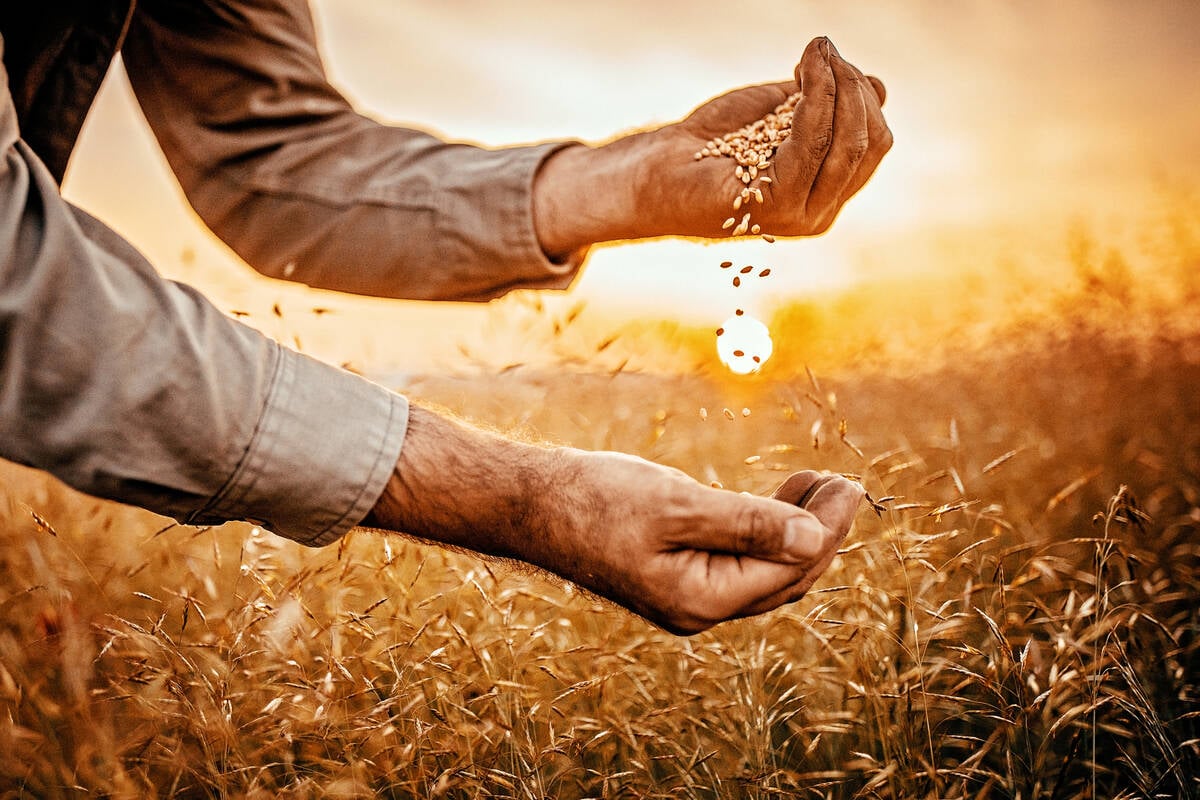Cool, wet growing conditions have created an ideal breeding ground for a range of problems in forage crops and grain.
Nitrate poisoning will be a particularly significant concern, said Barry Yaremcio, a beef and forage specialist with Alberta Agriculture. He said wet conditions can lead to higher levels of nitrates in forage crops.
Yaremcio said it is important to get feed properly tested. As well, producers should examine their feed for danger signs.
” If the bales have been put up tough, if they’re higher moisture than what they should be and they’re not dry, what’s going to happen, these bales will start to settle and squat,” he said. “They’ll also change colour inside. If you take some hay out of the bale, it’ll turn a brown colour and it’ll smell like tobacco.”
Read Also

Taking a look inside Canada’s seed regulatory overhaul
ive years, eight task teams, 130 volunteers and 135 recommendations later, Canada’s seed industry is still waiting for meaningful regulatory change.
Feeding forage with excess nitrates to ruminants can make red blood cells unable to carry oxygen. In acute cases, this can suffocate animals.
Nitrate poisoning is treatable by a veterinarian if it’s caught in time, said Barry Blakley, a professor at the Western College of Veterinary Medicine in Saskatoon.
However, prevention through feed testing is the best approach, he added.
Feed with high nitrate levels can be combined with other forage or grain to bring levels down. Producers can also gradually acclimatize animals to safely process more nitrate.
This year’s growing conditions have also created an ideal breeding ground for fusarium head blight in wheat, barley and corn.
Fusarium can lead to the formation of deoxynivalenol (DON), or vomitoxin, which reduces feed intake and productivity, said Juanita Kopp, a farm production extension specialist with Manitoba Agriculture.
Pigs are particularly susceptible to DON, while ruminants tend to be able to safely ingest more of it, Kopp said.
The latest research suggests one part per million can be fed to pigs and lactating cows, five ppm to sheep and 10 ppm to cattle.
Kopp said DON is one of hundreds of mycotoxins that producers need to be aware of.
“Anytime you’ve got high moisture conditions, you’ll have mould out there.”
Ergot is perhaps the gravest potential danger in feed this winter.
Blakley said wet conditions in Western Canada would likely lead to a rise in the fungus, which is usually found in rye, barley and wheat.
“Based on our fairly wet spring, I wouldn’t be surprised to see a lot of ergot this winter.”
Even small amounts of ergot can have disastrous consequences for producers.
“0.1 percent to 0.3 percent is dangerous,” he said. “Above that you’re asking for big-time trouble.”
Yaremcio said ergot is an estrogenic compound that can cause abortions in livestock. Worse, it can cause circulation loss in the extremities, causing livestock to slough off hoofs, tails and ears.
Blakley said ergot in grain looks like shriveled wheat or rye kernels.
Kopp said producers should pay extra attention to their feed. A light test weight, musty smell or visible mould are indications that feed should be tested before it is fed to animals.














